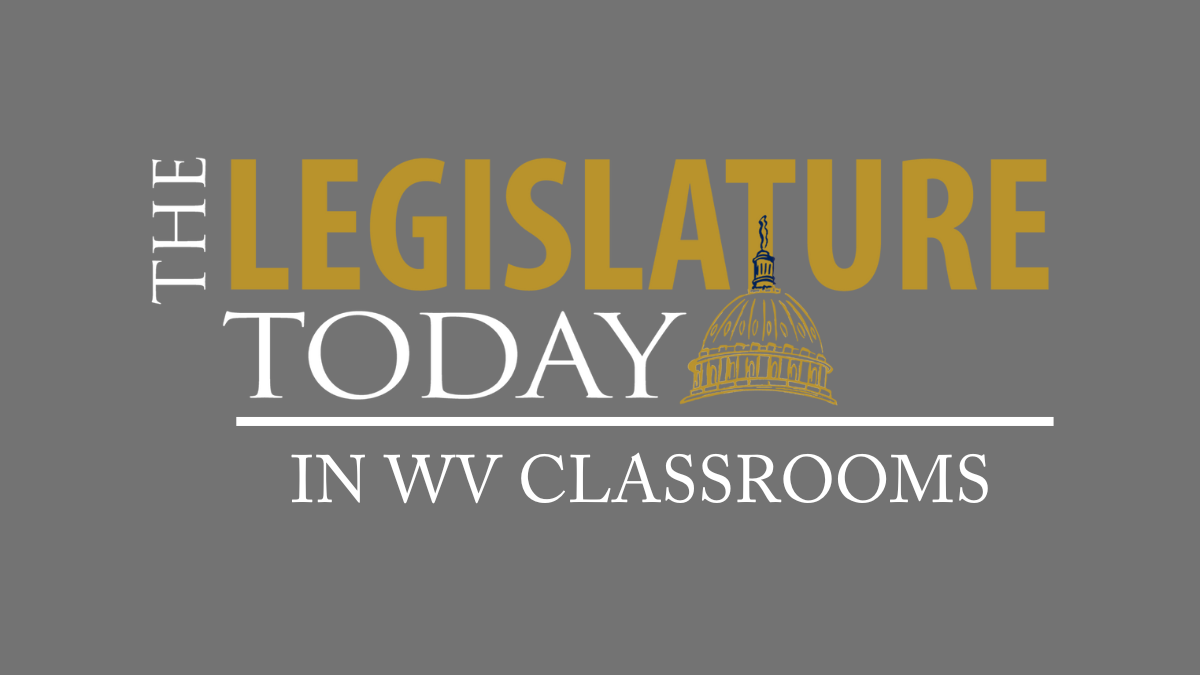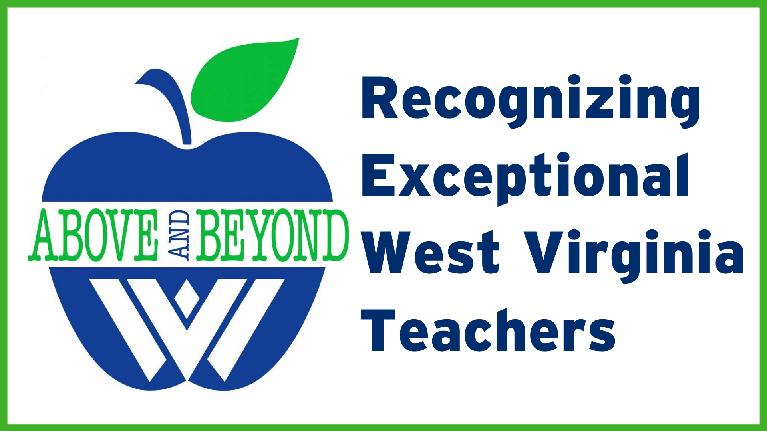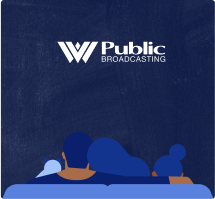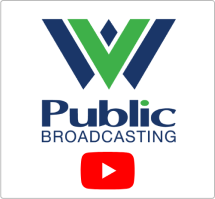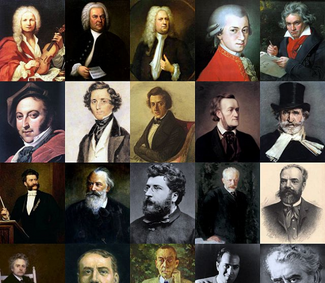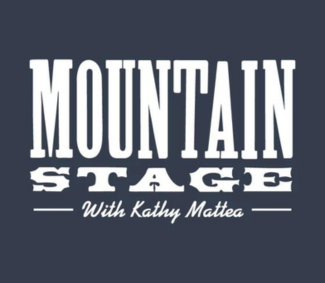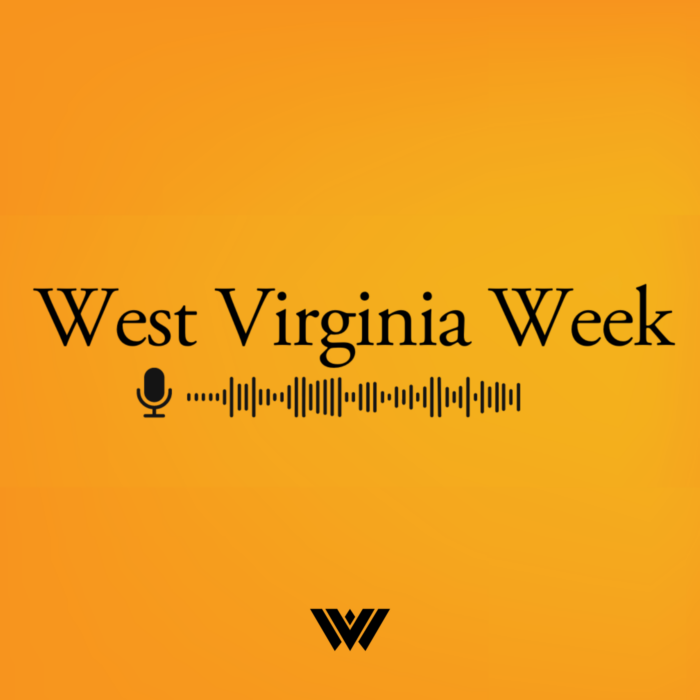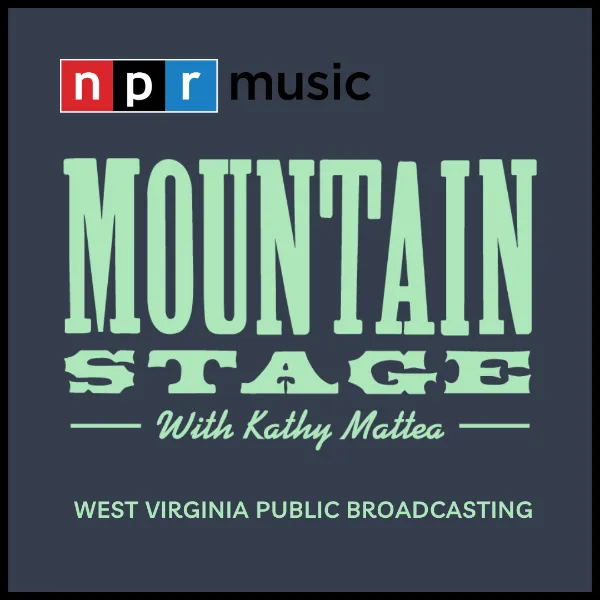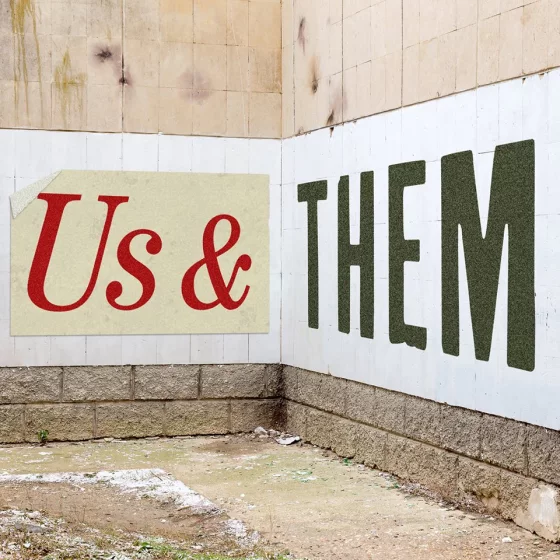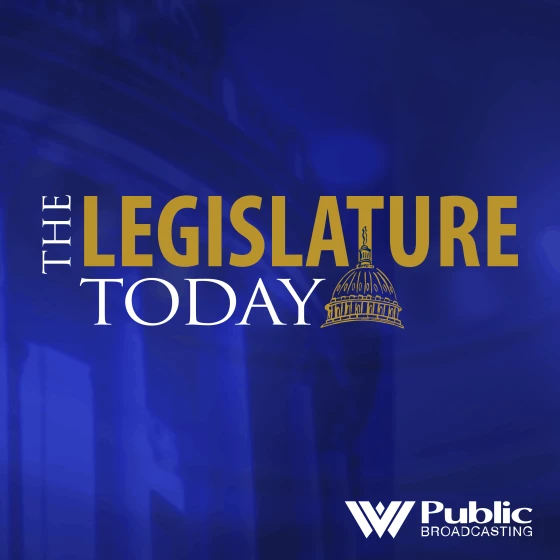Update: Since this story aired, Gov. Patrick Morrisey has launched a statewide donation drive to support West Virginia food banks. Morrisey said up to $13 million in funding has been identified to match private and charitable donations.
Original story
Gov. Patrick Morrisey has pledged $1.1 million in emergency funding to West Virginia food banks.
The decision comes as more than a quarter million people in the state are likely to have their November SNAP benefits curtailed as the federal government shutdown continues.
The Facing Hunger Food Bank, based in Huntington, serves 17 counties in West Virginia, Southern Ohio and Eastern Kentucky. Randy Yohe spoke to Facing Hunger CEO Cyndi Kirkhart on meeting the challenges faced in getting nutritional food to families in need.
This story has been edited for length and clarity.
Yohe: Tell me how the Facing Hunger Food Bank relates to SNAP benefits.
Kirkhart: Charitable food support and SNAP benefits really go hand in hand to provide a full food basket, as it were, for folks that have limited food resources. SNAP is like nine times the amount of meals that can be purchased by choice. These are foods that families desire and most can utilize, versus charitable food. Sometimes our choices are limited.
Yohe: Talk a little bit about what you know when it comes to both federal and West Virginia policies regarding the continuation of SNAP benefits as we deal with this government shutdown.
Kirkhart: What the West Virginia Department of Human Services released just recently is that the longer this shutdown goes on, the likelihood that we will not see cards being loaded for folks receiving SNAP benefits for November. Additionally, folks who have made an application to SNAP, even as recently as, I believe, the 16th of October, there’s probably very limited likelihood that they would have benefits for the remainder of the month, and then they too would not most likely receive benefits at the first of November.
Yohe: The numbers I look up say 1 in 6 West Virginia families use SNAP benefits. That’s a pretty tall number.
Kirkhart: It really is. And you know the other side of that story? Because I want people to understand, as you do, that it isn’t just about the people that have SNAP benefits. I think there’s like 2,200 grocery outlets in the state that accept SNAP benefits, and not all of those are big box stores. There are a lot of convenience stores and local smaller markets that if they’re not receiving those benefits as part of payment, then their economy is really adversely impacted.
Yohe: What are you hearing from your boots on the ground partner agencies? I know you deal with about 300 different soup kitchens and neighborhood centers, family crisis centers and homeless shelters.
Kirkhart: Obviously, people are very concerned about limited food resources, which we’ve seen since April with the Department of Agriculture food reductions. It is the holidays, prices are much higher. We’re all trying to work hard to ensure that we’re doing the right things. We’re communicating with the communities at the center of our work, because they’re scared and concerned and they need food.
Yohe: What are you hearing from state leaders, and for that fact, county and municipal leaders about alternative help?
Kirkhart: We’ve had good conversations from the governor’s office. We’re committed to making sure that everyone has the best information possible so that they can support us in the best ways they can. We maintain regular conversations with our legislators, so we feel pretty confident at the state level. Down in Mingo County, we have a very good relationship with both the city and county, I just recently had conversations with them. But what I expect is that once November SNAP benefits are confirmed to not be present, we’ll be hearing from a lot more people.



